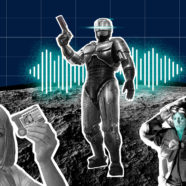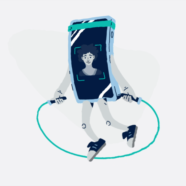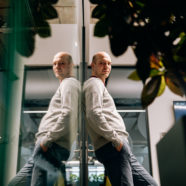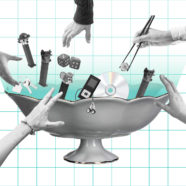- #all
- #banking
- #biometrics
- #business
- #culture
- #digital identity
- #elections
- #ethics
- #facial recognition
- #fingerprint recognition
- #government
- #iris recognition
- #NIST
- #onboarding
- #online elections
- #technology
- #trust
- #UX
- #voice recognition

From sci-fi to reality:
How biometrics has travelled through movie screens and into our daily lives
How well did sci-fi movies of the past predict the biometric technologies that are now a reality, and which sci-fi concepts have remained fiction?

“Thanks to powerful servers, training a face recognition algorithm now takes just ten days instead of a year,” says R&D lead Jakub Sochor
For decades, fingerprint recognition has been the holy grail of secure biometric authentication. Yet, with the rapid progression and widespread acceptance of facial recognition, is there a new frontrunner?

“When companies seek biometric services, it shows responsibility and care,” says remote identity verification expert
The pandemic kickstarted the use of biometrics. Solutions like remote identity verification made it easier for major companies to operate, and since then, this technology has become widespread, especially in areas like the sharing economy.

Carpooling in wartime
and spare air mattresses:
a visual history
of the sharing economy
From gathering food around a tribal fire to downloading popular MP3 songs in the late 1990s, sharing is something humans have always done. Join us on a visual journey through the decentralised economy and discover how technology has revolutionised the way we share – disrupting both industries and society in the last few decades.








